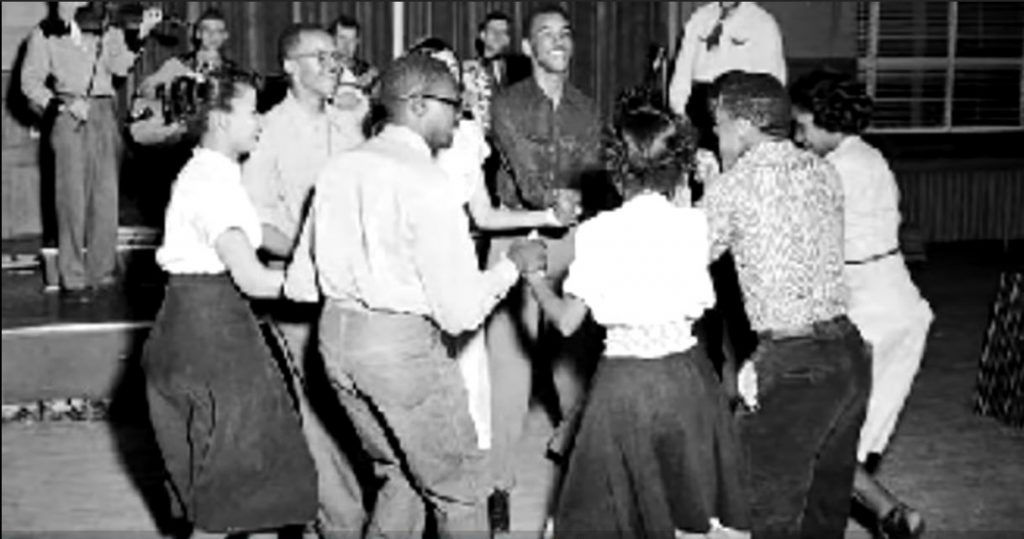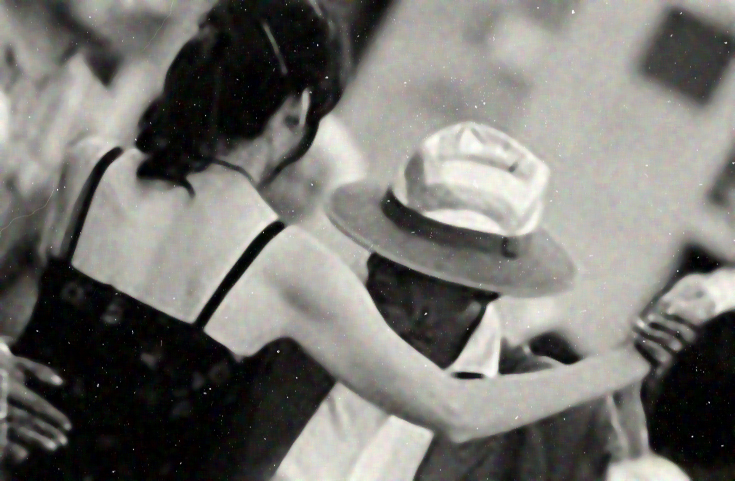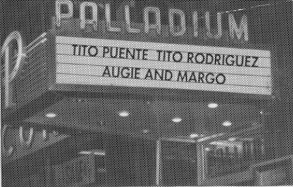RUEDA DE CASINO
SYLLABUS
Teaching 101
The history
The book contains the evolution of Rueda de Casino and Salsa (music and dance). From the Cuba’s colonization to today’s Cuba. From the New York ballrooms to the barrios. Knowing the history of your favorite dance makes you get the traditional feeling better, makes you connect with the root of the dance, and lets you taste the flavors of old Cuba and the glamorous N.Y.
Rueda Evolution

[…Rueda de Casino was formatted the way we know it, in the ’50s. “Casino deportivo” (the winter club) and “Casino deportivo de la Habana” (the summer club), was a big private sports club, for the middle and upper class, with many activities for families, including swimming, volleyball, and dancing. Groups of teenage couples dancing in a circle, following a leader’s callings, in faster son music, became popular right away…]

Now Rueda congresses, seminars and festivals are held all over the continent
Salsa Music Evolution
[…In the late 70s, salsa came to describe a specific style of music when street groups of New York-based Latin musicians…],
[…The Cubans did not accept the term salsa at the beginning. They thought that in N.Y they stole Cuban music and renamed it salsa. And from their point of view, they were right…]

[…Today when we say salsa, we refer to the dance music, from Latin America. The key rhythm of salsa is the clave. It is played with two sticks that are also called claves. All the other instruments can play with or independently…]
[…However, salsa is polyrhythmic. The clave is not the only rhythm in a salsa. Regularly the rhythmic patterns played on the percussion instruments are complicated, with several different patterns played at the same time…]
Salsa Dance Evolution

[…The man with macho style gives a show-off feeling to tease/attract the female, using upper body/chest body movements. The female uses vivid hip movements in a highly sexy/feminine style…]

[…A cross-body lead based style danced on the second beat of the music (breaks on 4 and 8, with emphasis on 2 and 5). A back and forward basic, minimum hip action, multiple spins, precise technique, and linear orientation characterize this style…]
